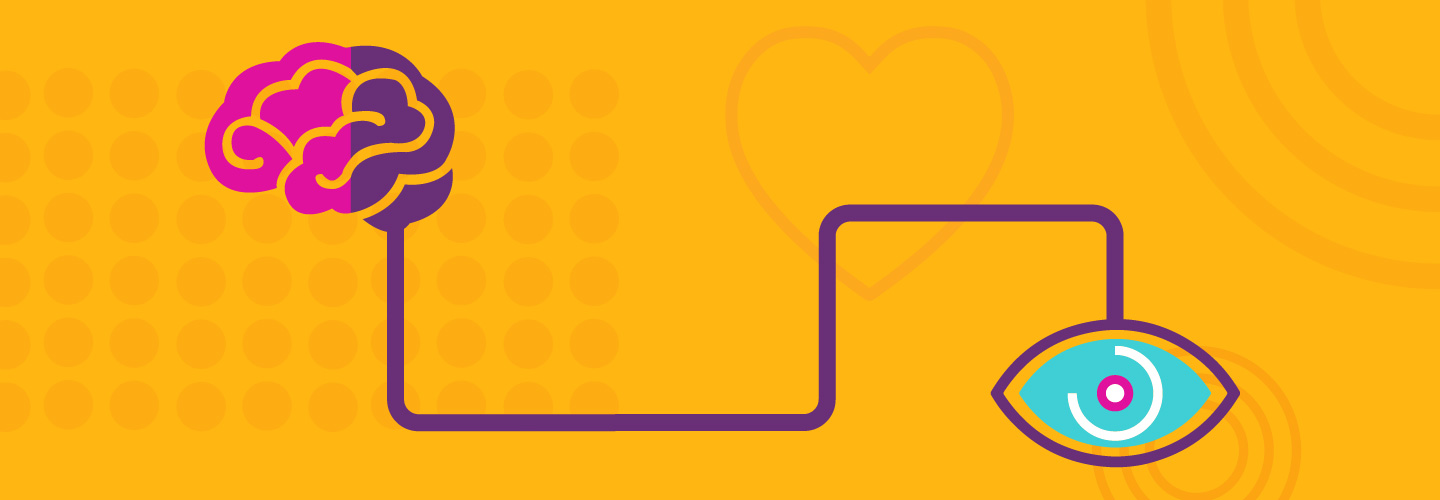Visual Thinking is definitely one of Home’s signature bakes. But why is it so important to us?
We believe images have a unique power. They make an impact: they stir emotion, convey information and spark reactions – and actions. As humans, images are part of our shared experience – going right back to the times when our ancestors first drew on caves.
As babies we draw naturally, without fear of getting it ‘wrong’ and our scribbles are invested with meaning for us. As we grow into the world we are surrounded by visual information – that means we’re all good at processing it, with the ability to grasp meaning and filter out clutter within fractions of a second.
But don’t just take our word for it
Research suggests that 30% of people learn best through visual/spatial thinking and 45% use a combination of visual/spatial thinking and words. Only 25% of people think exclusively in words.
Our brains process imagery 60,000 times faster than text. In fact, MIT found the brain can process an image in as little as 13milliseconds.
So, the arguments for using images rather than content-heavy communication, are compelling. Put it this way: if only 25% of your people think in words, how do you currently communicate to the other 75%?

Images as a business tool
Imagine getting to a place where everyone has a shared understanding of the business’s direction and know where they fit in to that picture.
It sounds so simple, so achievable – but we all know that the further you get from the top, the harder it is to see the value of your work. Also, leaders and subject matter experts love the detail (so they should too, it’s part of their job). But communicating complex, wordy information can alienate and confuse the target audience.
We’ve always believed there had to be a better way, so a few years ago we developed our Visual Thinking approach to help organisations cut through the noise and tell simple, compelling stories – I’ll talk more about the process in my next post.





 Back to all
Back to all



